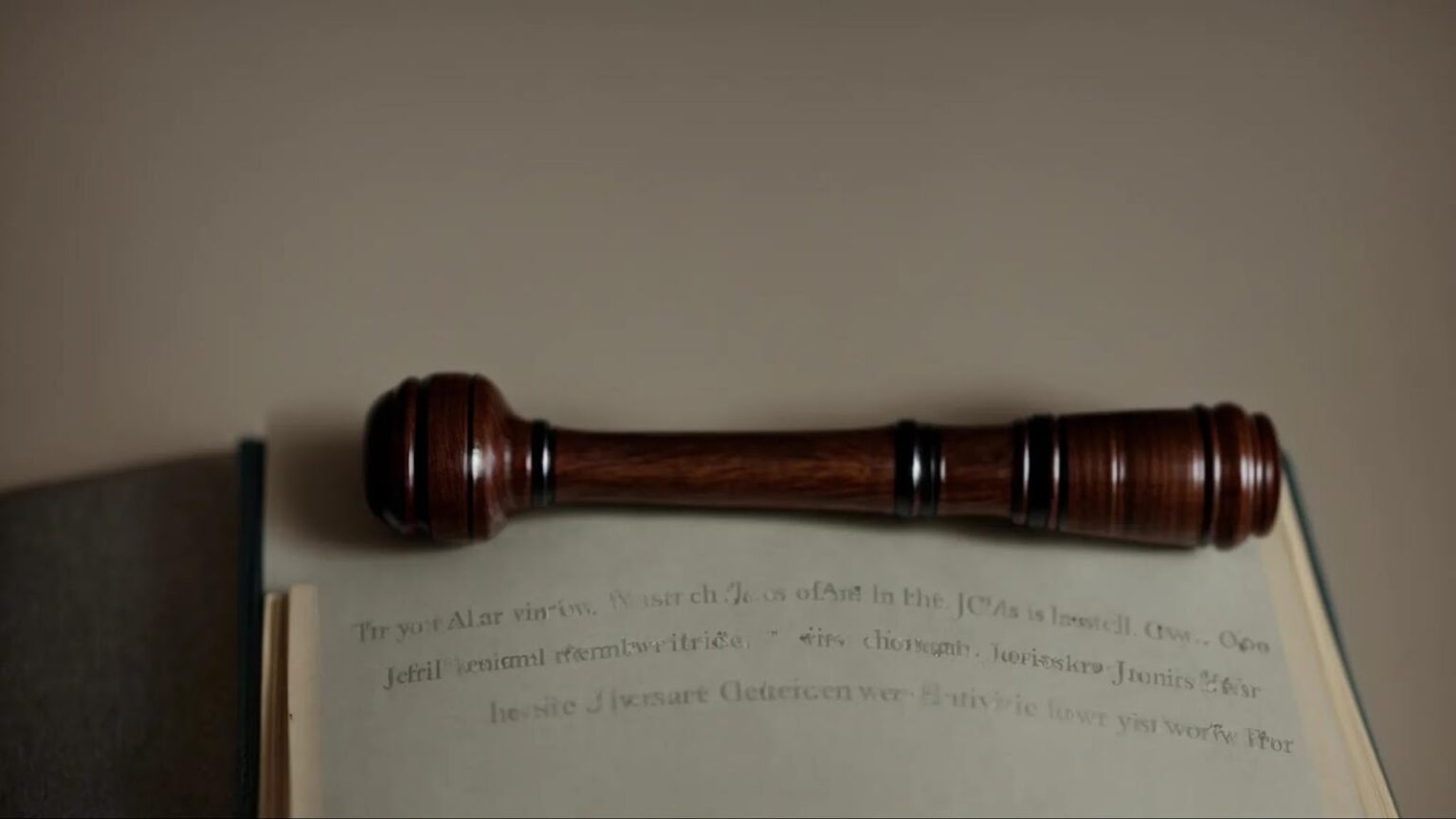Understanding the Types of Personal Injury Lawsuits Frequently Filed
In the complex and often bewildering world of law, personal injury claims emerge as a beacon for those seeking justice for injuries unjustly borne.
From the startling jolt of a car accident to the gradual realization of harm from medical negligence, personal injury lawsuits cover a broad spectrum of circumstances.
These claims serve not only as a pursuit of compensation but as a vital means of holding parties accountable for their negligence or wrongdoing.
Navigating these varied and intricate scenarios requires specialized knowledge and expertise.
Keep reading to delve deeper into the nuances of personal injury lawsuits, guided by the seasoned expertise of Walner Law.
Key Takeaways
- Accurate Documentation and Immediate Medical Care Are Pivotal Following a Car Accident
- Medical Malpractice Claims Hinge on Proving Negligence Through Duty of Care, Breach, Causation, and Damages
- Workers’ Compensation Claims Require Understanding Eligibility Criteria and the Appeals Process for Denials
- Proving Negligence in Slip and Fall Incidents Necessitates Demonstrating the Property Owner’s Knowledge of the Danger
- Calculating Settlements in Personal Injury Cases, Including Slip and Fall Incidents, Involves Assessing Immediate and Long-Term Impacts
Navigating Through Car Accident Injury Claims
Navigating through car accident injury claims presents a complex journey that involves understanding the intricate differences between no-fault and at-fault insurance policies, alongside a clear path of actions to undertake immediately following a car accident.
These critical steps ensure the protection of one’s legal rights and maximize the potential for a favorable outcome.
As personal injury lawsuits stemming from vehicle collisions rank among the most common, the knowledge of how insurance policy types impact a claim and the immediate measures to take post-accident underpins the success of navigating the legal landscape.
Understanding No-Fault vs. At-Fault Policies
Distinguishing between no-fault and at-fault insurance policies is a crucial element in the realm of car accident injury claims, setting the foundation for how victims approach their pursuit of justice and compensation. No-fault insurance allows for a quicker settlement process, as it does not require the determination of fault, thereby enabling victims to receive immediate medical care and compensation for lost wages. Conversely, at-fault policies necessitate a thorough investigation into the accident to establish liability, potentially leading to bigger compensations but requiring a more detailed legal process, often navigated best with the support of a proficient personal injury lawyer.
Steps to Take Immediately After a Car Accident
Immediately following a car accident, individuals should prioritize ensuring their safety and the safety of others involved: check for injuries, move to a safe location if possible, and call emergency services. Gathering evidence at the scene, such as photos of the vehicles involved, the surrounding area, and any visible injuries, coupled with exchanging contact and insurance information with the other driver, lays a crucial foundation for any subsequent legal action. Additionally, seeking medical attention, even if injuries seem minor, is vital for the health of the involved parties and serves as an essential step in documenting the event for future claims.
| Step | Action | Purpose |
|---|---|---|
| 1 | Check for injuries and ensure safety | Health and safety of all individuals involved |
| 2 | Call emergency services | Legal documentation and immediate assistance |
| 3 | Gather evidence at the scene | Support for future legal or insurance claims |
| 4 | Exchange contact information | Communication for claim processes |
| 5 | Seek medical attention | Healthcare and documentation of injuries |
The Complex World of Medical Malpractice Lawsuits
Navigating the intricate landscape of medical malpractice lawsuits unveils a world where the stakes are high and the outcomes significantly impact both patients and healthcare providers.
At the core of these cases lies the challenge of proving medical negligence, which hinges on establishing four critical elements.
Understanding these elements—duty of care, breach, causation, and damages—becomes paramount in determining the viability of a lawsuit.
Further complicating these matters is the concept of damages in medical malpractice cases, which encompasses both economic and non-economic losses suffered by the plaintiff.
This section aims to dissect these complexities by shedding light on the foundational aspects of medical negligence and the varied facets of damages that can be pursued in these often heart-wrenching cases.
Identifying the Four Elements of Medical Negligence
In the intricate terrain of medical malpractice lawsuits, distinguishing the four elements of medical negligence is crucial for the plaintiff’s pursuit of justice. Successful articulation and proof of these elements—duty of care, breach of said duty, causation, and the resultant damages—underpin a viable claim against healthcare providers. Duty of care refers to the legal obligation of healthcare professionals to provide care that aligns with established standards, while breach indicates a deviation from these standards. Causation links the breach directly to the injuries sustained, and damages quantify the losses suffered by the plaintiff, guiding the legal narrative toward a potential settlement or jury verdict.
What Constitutes as Damages in Medical Malpractice Cases?
In medical malpractice cases, damages encapsulate the financial and non-financial burdens borne by the plaintiff as a result of medical negligence: economic damages cover quantifiable losses such as medical expenses and lost earnings, while non-economic damages are for less tangible harms, including pain and suffering and loss of life’s enjoyment. This dual categorization underscores the comprehensive scope of recompense that the injured party seeks for the wrongdoing endured.
| Type of Damage | Description | Example |
|---|---|---|
| Economic | Quantifiable financial losses | Medical bills, lost wages |
| Non-Economic | Compensation for intangible harms | Pain and suffering, emotional distress |
Workplace Injuries and Workers’ Compensation Claims
Workplace injuries introduce a significant area within the spectrum of personal injury lawsuits, embodying a crucial segment where workers seek compensation and justice for injuries sustained in the course of their employment.
The intricacies of workers’ compensation claims bring about a specialized subset of the personal injury legal landscape, marked by specific eligibility criteria and procedural pathways for filing a claim.
Notably, navigating the waters of a denied workers’ compensation claim presents its own set of challenges and considerations, necessitating a deep understanding of the appeals process.
Delving into the eligibility requirements for lodging a worker’s compensation claim and exploring the steps to contest a denial form the nucleus of ensuring injured workers can successfully claim their entitled benefits and compensation.
Eligibility Criteria for Filing a Worker’s Compensation Claim
The journey to lodging a worker’s compensation claim begins with understanding the eligibility criteria, a crucial step that determines the direction of cases related to workplace injuries. To be eligible, the injury must occur in the course of employment; this encompasses injuries sustained while performing job duties, including those that occur off-site if the task is work-related. Meeting these criteria ensures that an individual’s claim is considered under workers’ compensation laws, paving the way for potential compensation:
| Eligibility Criteria | Description | Examples |
|---|---|---|
| Injury Occurrence | Injury must occur during employment. | The injury must be related to job duties. |
| Work-Related Task | Injuries are reported immediately or within the state-mandated deadline. | Injuries sustained while on a business trip, car accident during work-related travel. |
| Reporting Time Frame | Injury must be reported within a specified timeframe. | Injuries sustained while on a business trip, or car accident during work-related travel. |
How to Appeal a Denied Workers’ Compensation Claim
When a workers’ compensation claim faces denial, the involved party should immediately seek guidance from a seasoned personal injury lawyer specializing in workplace injuries. The appeal process often involves a detailed review of the case, gathering additional evidence, and presenting the claimant’s situation in front of a judicial body or appeals board. With the right legal support, like that provided by Walner Law, individuals stand a greater chance of overturning the denial and securing the compensation rightfully due for their workplace injury.
Slip and Fall Incidents Explained
Slip and fall incidents stand as a significant category within personal injury law, highlighting the unforeseen dangers present in everyday environments, from icy sidewalks to wet supermarket floors.
These cases hinge on the ability to demonstrate negligence, requiring the plaintiff to establish that the property owner failed to maintain safe conditions, leading to the accident.
The complexities of proving such negligence, coupled with the intricate process of calculating potential settlements, underscore the necessity for expert legal counsel.
Settlements not only account for immediate medical expenses but also consider long-term repercussions of the injuries, including lost wages and pain and suffering, making the expertise of a law firm like Walner Law invaluable in navigating these intricate matters.
Proving Negligence in Slip and Fall Cases
In slip and fall cases, proving negligence requires establishing that the property owner was aware of, or should have been aware of, the hazardous condition and failed to take appropriate action to mitigate the risk. Walner Law emphasizes the importance of gathering comprehensive evidence, including photographs of the scene and witness statements, to support the plaintiff’s claim that the property owner’s lack of action directly contributed to their injury.
Calculating Potential Settlements for Slip and Fall Injuries
Calculating potential settlements for slip and fall injuries requires a nuanced understanding of both the direct and ancillary consequences of the accident: from medical expenses and lost earnings due to the inability to work, to pain and suffering, and even long-term disability. At Walner Law, the process involves a meticulous evaluation of the severity of the injury, the length of recovery, and the impact on the victim’s quality of life. This comprehensive approach ensures that clients receive settlements that truly reflect the financial and emotional toll of their injuries.
- Evaluation begins with assessing the immediate medical costs incurred following the injury.
- The calculation then factors in lost wages, accounting for both current and future earnings losses.
- Finally, compensation for pain and suffering, alongside any potential long-term detrimental health impacts, is meticulously determined.
Conclusion
Understanding the types of personal injury lawsuits frequently filed, such as car accidents, medical malpractice, workplace injuries, and slip and fall incidents, is crucial for both victims and legal professionals.
Each category involves unique legal principles, from no-fault vs. at-fault insurance policies to proving negligence and the nuanced calculation of damages.
Familiarity with these distinctions enhances one’s ability to navigate the complex legal landscape, secure justified compensation, and uphold the rights of those injured.
Taking immediate and informed action following an incident, coupled with expert legal counsel, maximizes the potential for a favorable outcome.
This knowledge not only empowers individuals to tackle the challenges of personal injury claims effectively but also underscores the significance of a tailored legal approach in addressing the diverse facets of personal injury law.


 Skip to content
Skip to content







